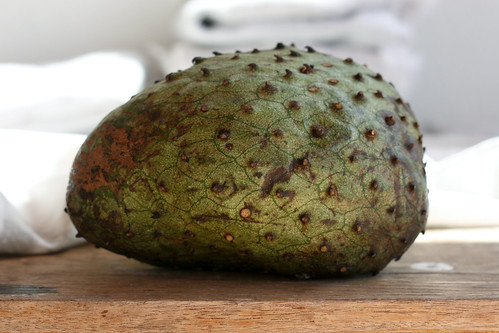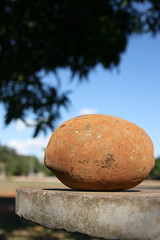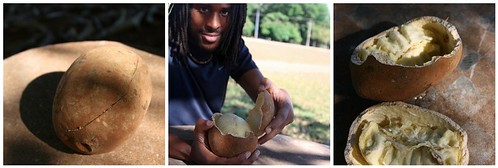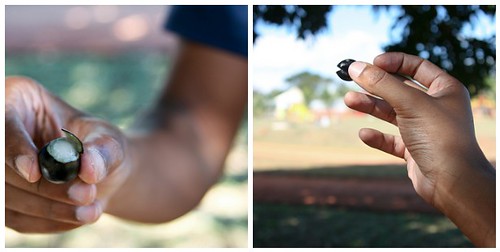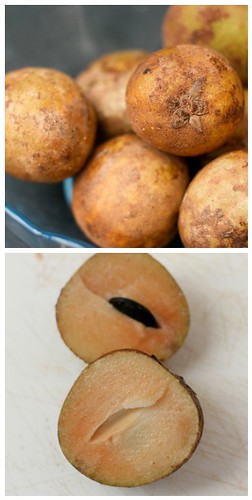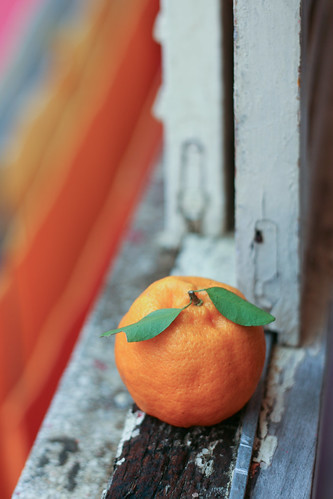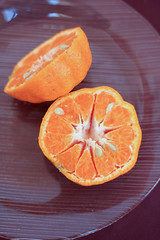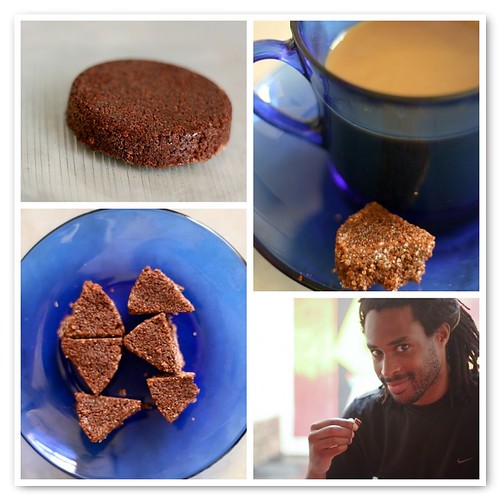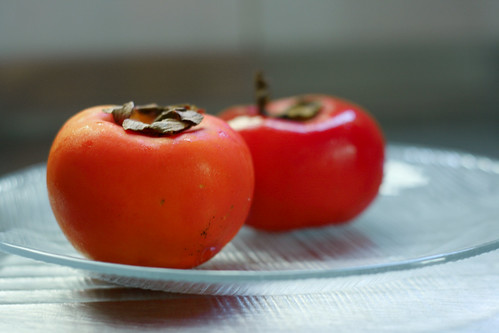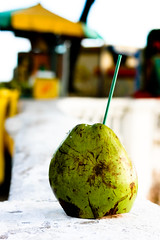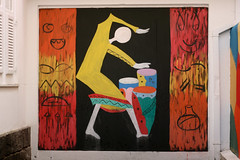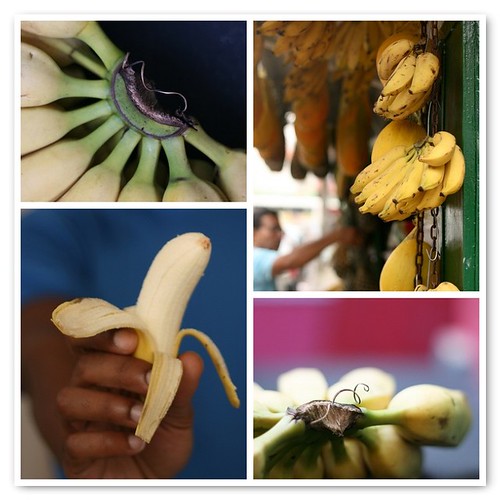Capoeira and Handstands and Fear
Once again, I'm standing about a meter in front of the wall, facing it. I'll want to push off with my left foot and kick up with my right foot. I step my left foot forward as I place my hands on the floor, then flex my left knee a little bit more while my right leg stays straight. I push off with my left foot and try, again, to kick my legs up to the wall.
I don't even come close, and both feet drop back to the floor with a thump.
Last week I went to my first Capoeira class. On the way there I joked to Ken that if I wasn't upside down by the end of class, I wasn't going back.
Midway through the (level zero) class, we were practicing handstands and cartwheels. I've never done either.
In yoga, I've done headstands, but never a handstand. I even took a handstand class a few years ago. Apparently I loved it, but I never managed to fully invert.
Every year, about a month before my birthday, I resolve that this year! Before this birthday! I will do a cartwheel. And a handstand! If my feet are all the way up there, why not?
With the exception of a handful of 90-minute classes three years ago, I've never actively tried to achieve this goal. I've gone to yoga classes and done the preparation (mat against the wall, Downward-Facing Dog, walk feet in) and then after a few half-hearted kicks I've rested in Child's Pose, satisified with my "effort".
But now, thanks to these intensely challenging Capoeira classes, I'm trying more sincerely than I ever have, and in trying I've realized that I am almost paralyzed with fear. When the instructor tells us that we'll be practicing an inversion my heart beats loudly in my chest. As I watch my classmates effortlessly step into handstands and turn perfect cartwheels, my breath shortens and I feel a lump in my throat and the words "I can't I can't I can't" repeat so loudly in my head that I'm sure everyone else can hear them, too.
In those moments, I don't want to be there. Sometimes I try to be optimistic, telling the teacher that I can't do that exact move quite yet, and he has given me alternatives to practice, and I do, and survive. Other times, I whisper, "I hate this."
I don't know where this fear comes from, and anyway, it probably doesn't matter. I do know that at the end of every class I've felt stronger, and grateful for the experience. I also know that I'll keep going back.
And maybe this will be the year that I can.








